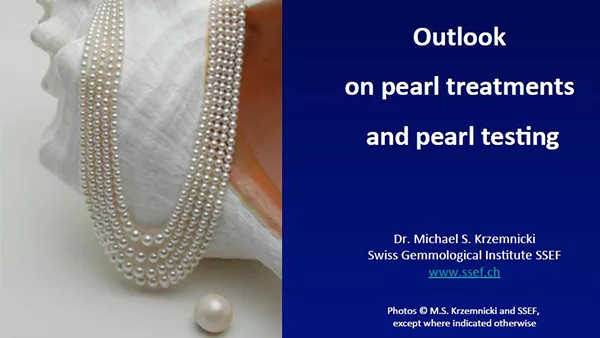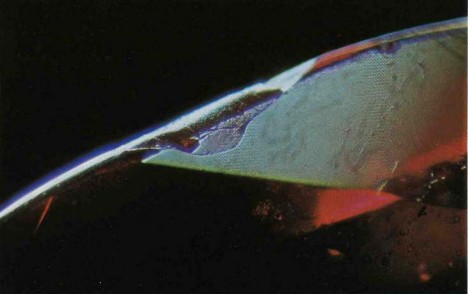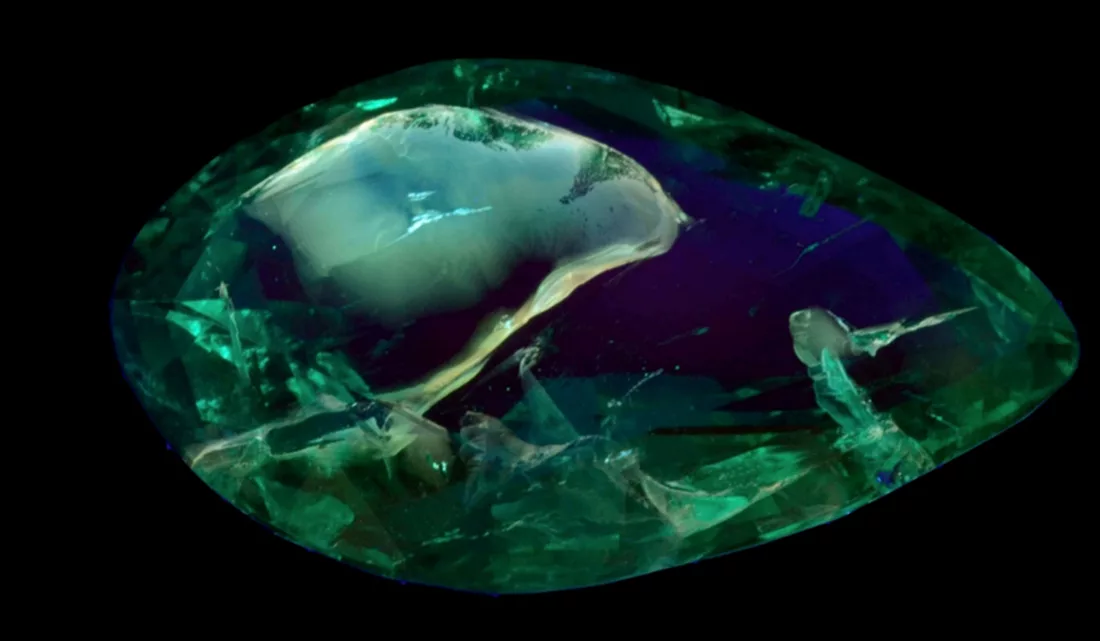
Emeralds and the Saga of Cleaning and Filling Fissures
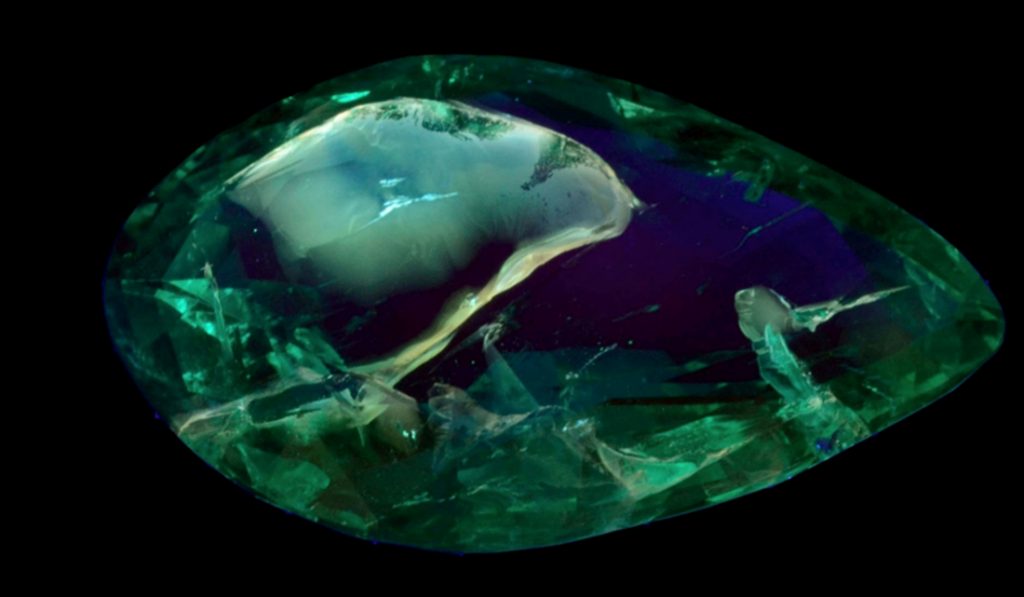
by Dr. M. S. Krzemnicki, first published in Facette 23 (February 2017)
Emerald, the green chromium-bearing variety of beryl Be3Al2Si6O18, has been highly valued as a gemstone since historic times. Emeralds are known to contain often quite large amounts of inclusion features, such as fluid and solid inclusions and fissures, poetically also known as ‘the garden’ of emeralds. Especially in emeralds from Colombia, such features can be very prominent (Ottaway et al. 1994) and reduce the transparency – and thus beauty and value of the gemstone considerably. There is a long-established tradition in the trade to fill open fissures in emeralds with colourless fillers (Figure 1), such as oil, wax and (artificial) resins, to reduce their visibility (Ringsrud 1983, Kiefert et al. 1999).
Disclosure of such treatments is mandatory (CIBJO), including a quantification of the filler substance, as this may have a direct impact on the pricing of an emerald. To harmonise the wording, the SSEF together with the other members of the Laboratory Manual Harmonization Committee (LMHC) developed in 2007 a common wording to describe the amount of filler in fissures of emeralds (see www.lmhc-gemology. org/pdfs/IS5_23092010.pdf).
The current trend in the high-end trade is to prefer emeralds containing only oil (e.g. cedarwood oil) and no artificial resin (e.g. opticon) in fissures, as oil is considered the most traditional way of enhancing the clarity of an emerald. As a consequence, many emeralds originally fissure-filled with artificial resin are cleaned chemically and eventually refilled later with oil, so that the visibility of the fissures remains reduced. This poses some problems, as a refilling of fissures is very easy and fast and can thus be done in a few minutes at any time, even after it has been tested by a gemmological laboratory.
New Wording on SSEF Reports since March 2016
As a consequence, we have adopted since March 2016 a new and more descriptive way to describe the clarity modification of emeralds on our reports. We have to remind our clients however, that any statement on a gemmological report always refers to the situation at the time of testing.
We distinguish three cases:
1: Emeralds with no fissures (very rare): As there are no fissures at the time of testing, these emeralds cannot and are not clarity enhanced by a fissure filler at the time of testing. In such a case, we will state on our report: No indications of clarity modification at the time of testing
2: Emeralds containing fissures, but without any clarity modification by a fissure filler are described as follows: No indications of clarity modification in fissures at the time of testing.
This is to express that this emerald contains fissures, which should be eye-visible even to an untrained observer. Any such emerald may be refilled at any time after we have issued the report (Figure 2). We therefore strongly urge our clients to have such emeralds rechecked by SSEF before buying the gemstone, especially if the report is not a very recent one and if the emerald looks very clean without any visible fissures.
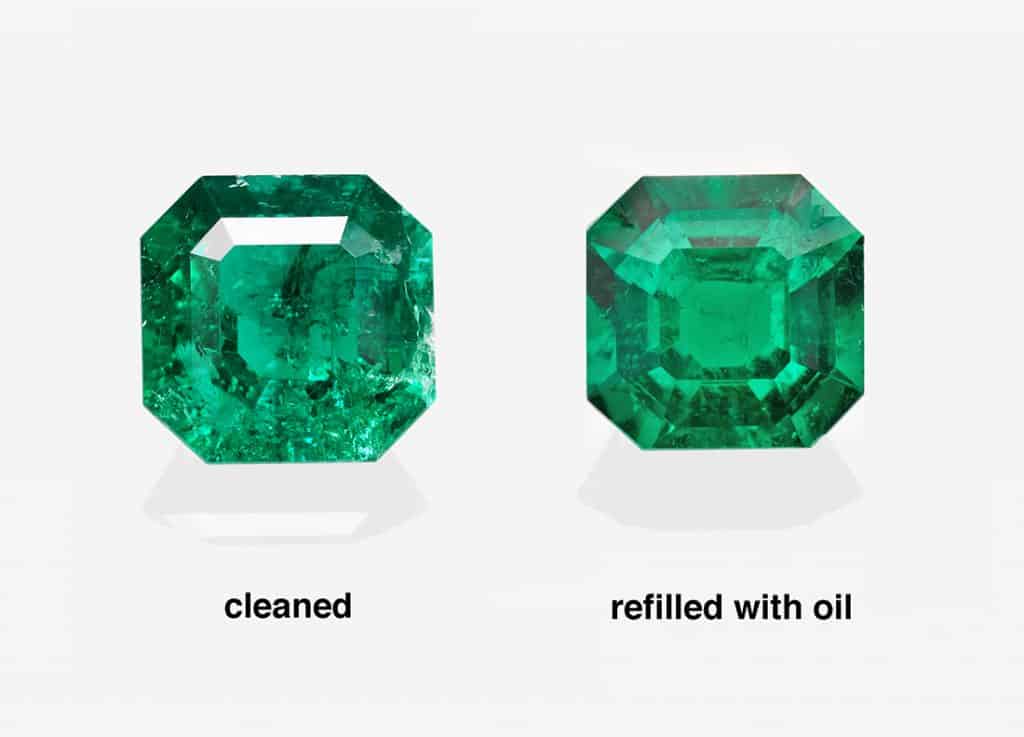
3: Emeralds which do contain fissures containing a filler substance for clarity modification are described as follows: Indications of clarity modification. Minor (or moderate, significant) amount of oil (or artificial resin etc.) in fissures at the time of testing.
The SSEF is one of the very few laboratories, which discloses the nature of the filler substance in emeralds. This identification is mainly based on infrared spectroscopy and Raman microspectrometry, combined with meticulous microscopic observations (Kiefert et al. 1999). Since many years, we do not offer our clients anymore the option to choose whether the identity of the filler substance is mentioned or only quantified as ‘filler’. This is in line with our full disclosure policy with the aim of fully informing our clients but also the final consumer of the treatment status of a gemstone at the time of testing at SSEF.
The scheme of the cleaning and filling saga:
The new wording is also a measure against the fraudulent use of SSEF reports in cases where emeralds are refilled with oil (or artificial resin) after we have issued a report for a previously untreated and clean stone.
The scheme of such fraudulent use of gemmological reports (not necessarily only of SSEF reports) usually starts with an emerald containing artificial resin to hide its fissures. The stone is then thoroughly cleaned using chemicals until no filler is detectable anymore in the fissures. After this cleaning process, the emerald – now often showing prominent fissure features – is then submitted to a gem laboratory for testing, and eventually receives a testing report which indicates that no clarity modification was found. To be attractive and saleable, the same emerald often urgently needs some clarity enhancement after the forced cleaning. Its fissures are therefore again filled with a colourless filler (commonly with oil). This is no problem as long as a new report is made stating the new treatment status of the emerald.
But it is also obvious from the above that selling an emerald which has been refilled but is still accompanied with the now outdated ‘no oil’ report is fraudulent.
In the last few months, we have analysed a few emeralds which have been refilled – unintentionally or intentionally – but which were still accompanied with an SSEF report of the previously clean stone and thus indicating no clarity modification. Apart from being a nuisance to us and our clients, such cases are also threatening the trade as it may strongly undermine the confidence of consumers in emeralds and finally in the jewellery trade. This situation has led us to change our wording as detailed above to describe the clarity modification of emeralds (and any other gemstone). We are convinced that the new wording on our reports is adding ‘clarity’ to this complex matter and helps to prevent fraudulent use of our reports.
Finally, we would like to remind our clients, that any comment on an SSEF report always indicates the opinion of the laboratory at the time of testing. We thus strongly recommend to first check the authenticity and validity of a SSEF report on www.myssef.ch (for SSEF reports since March 2009) and/or to have its current treatment status rechecked by SSEF, especially in case of emeralds with fissures, which may be filled so easily and fast.
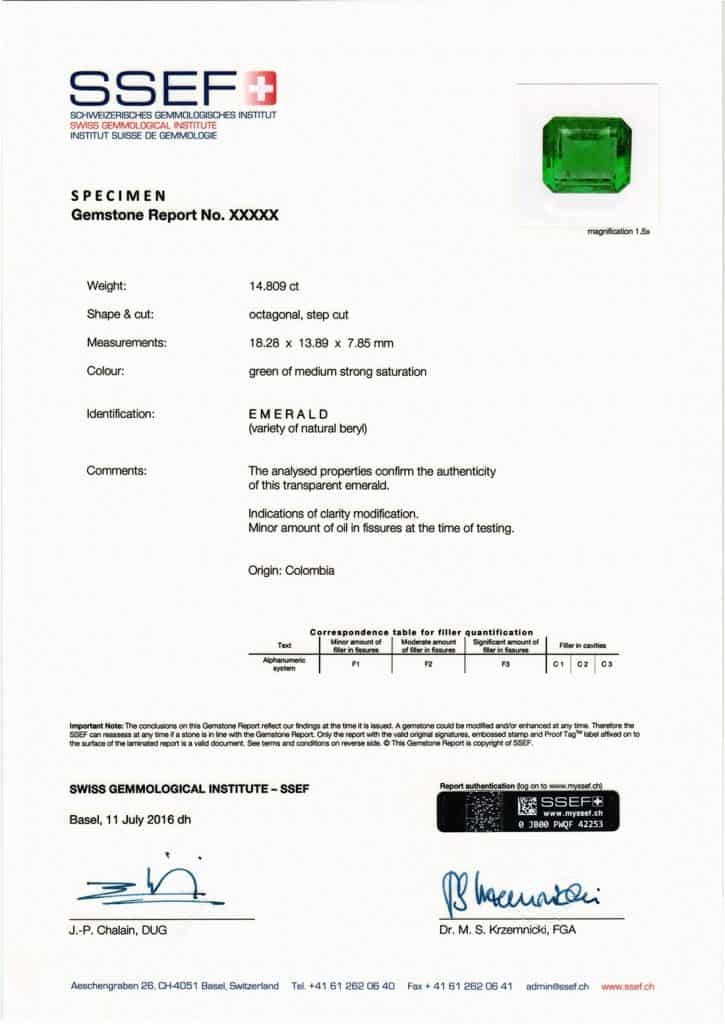
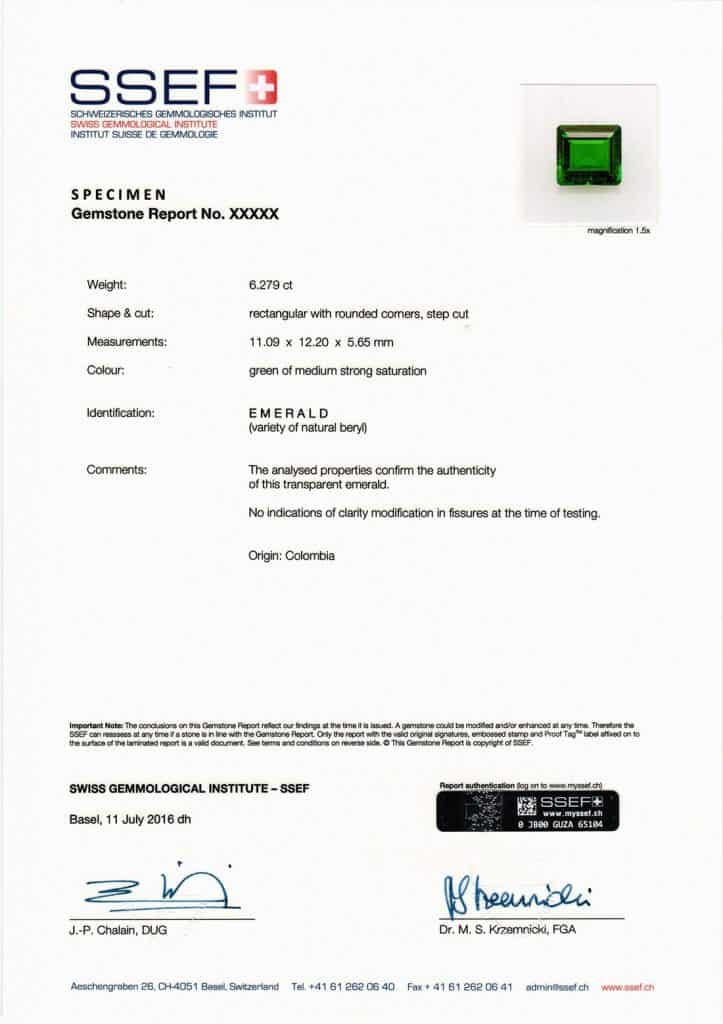
Want to learn more about emeralds?
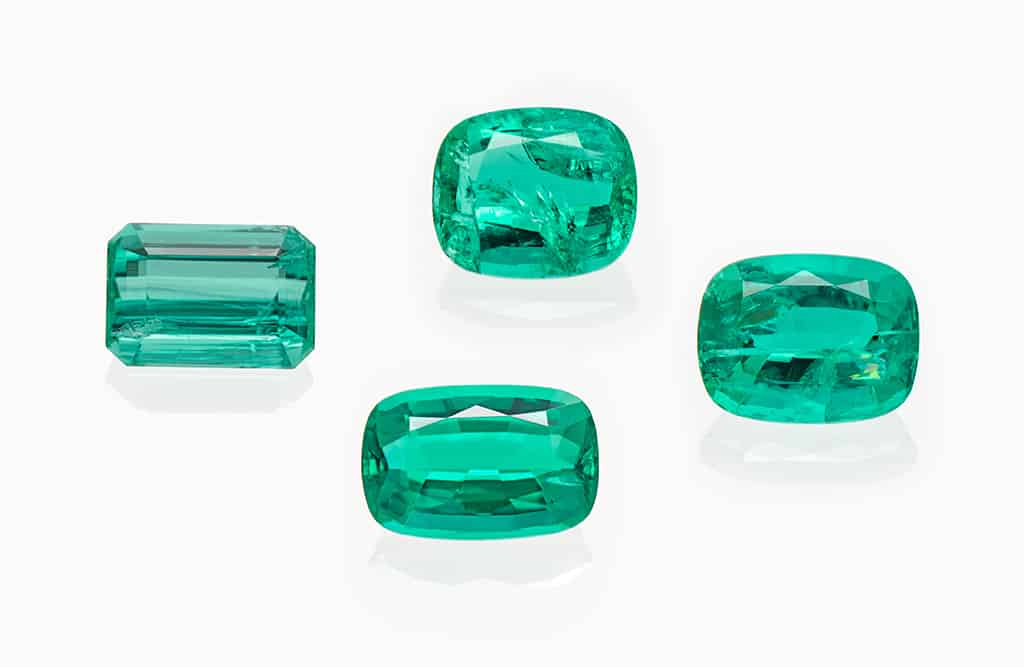
Sign up for our free online course: Introduction to emeralds
